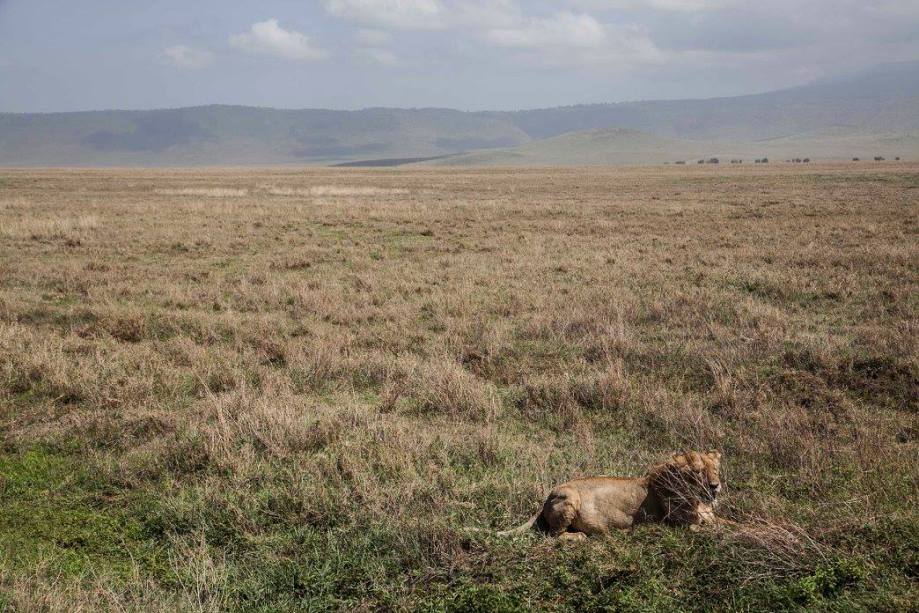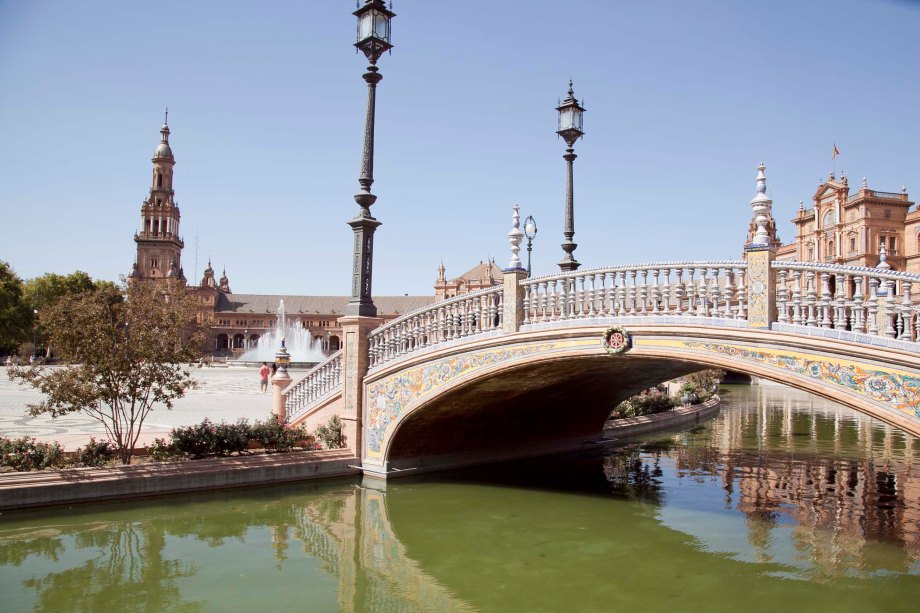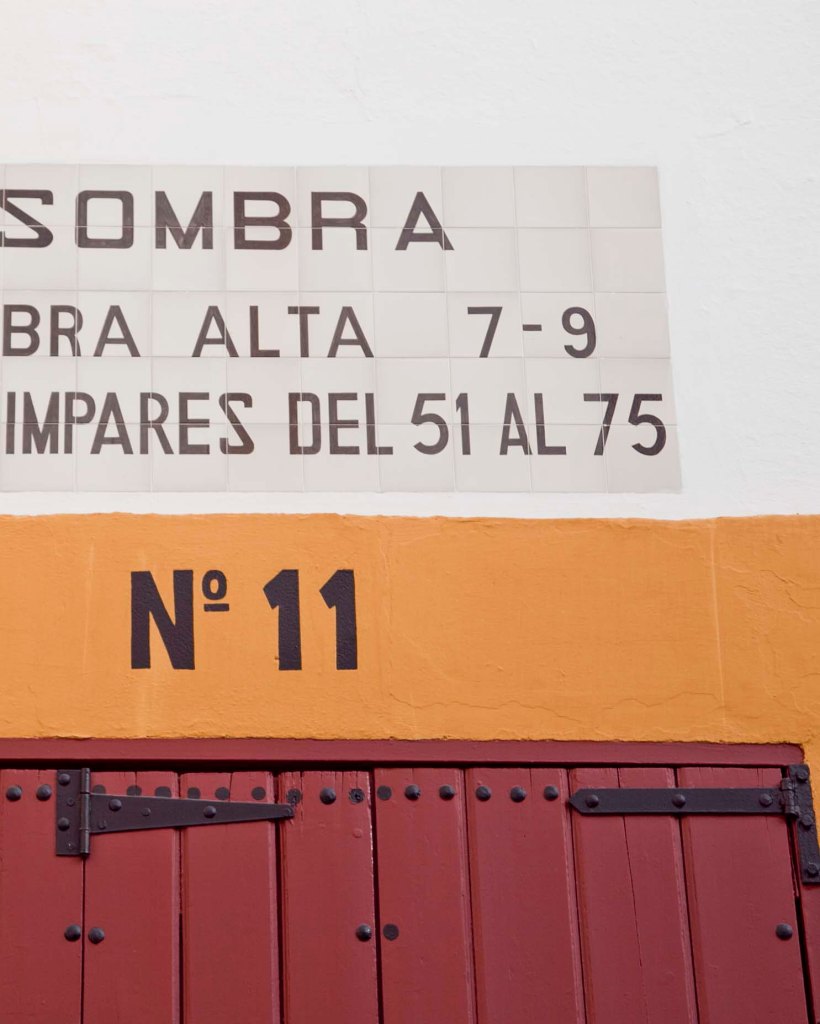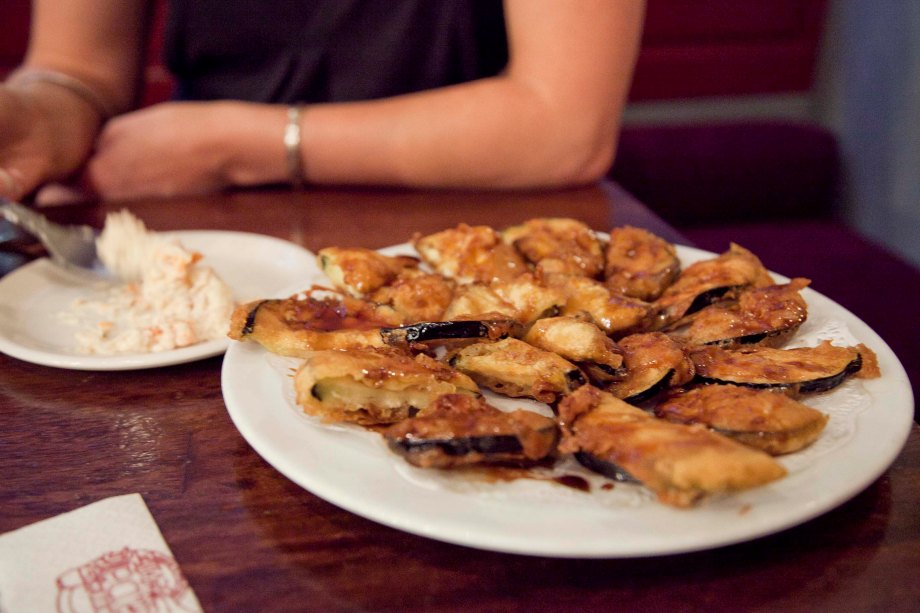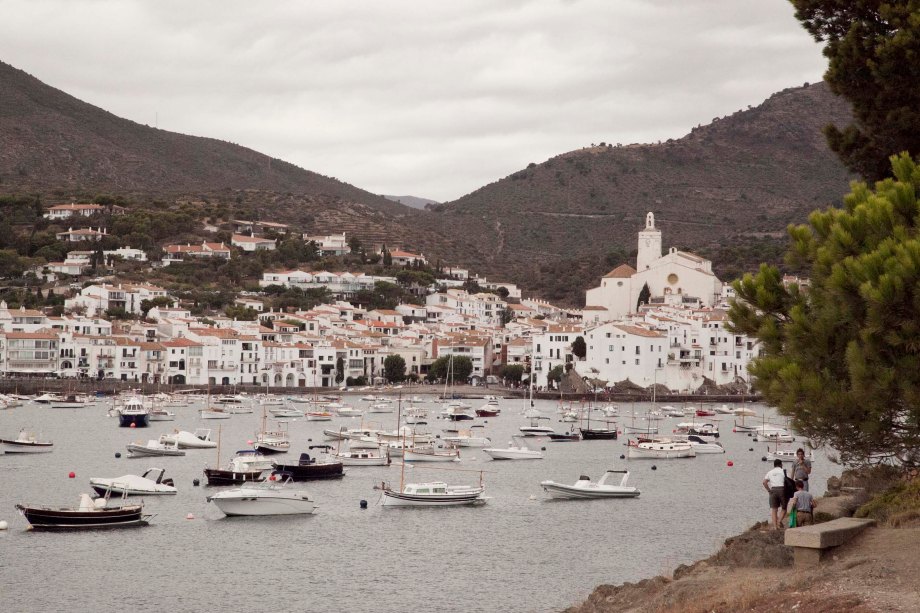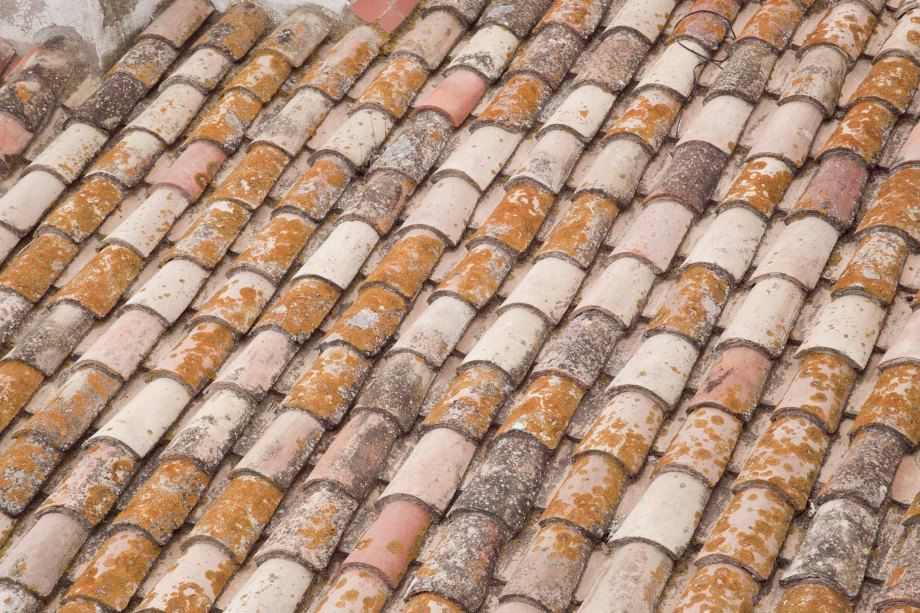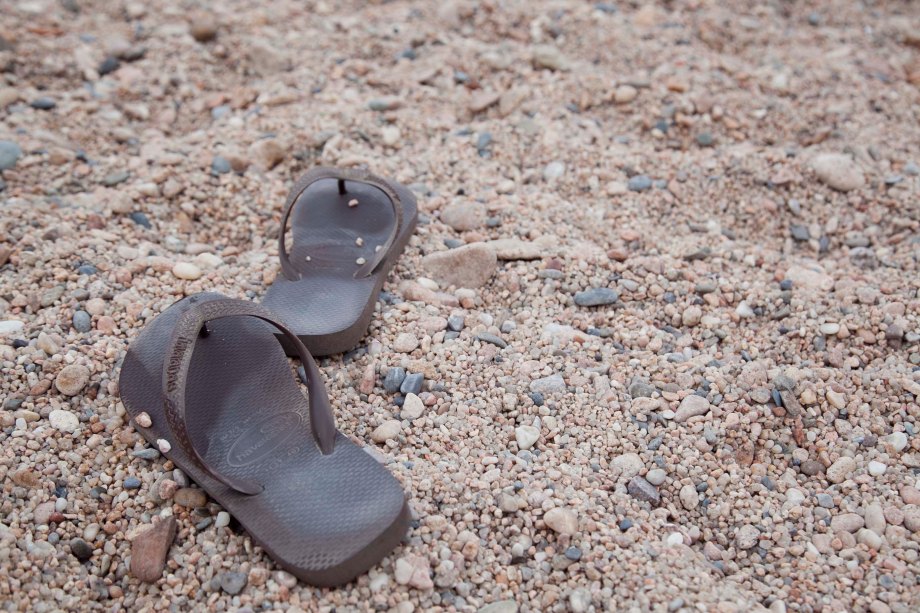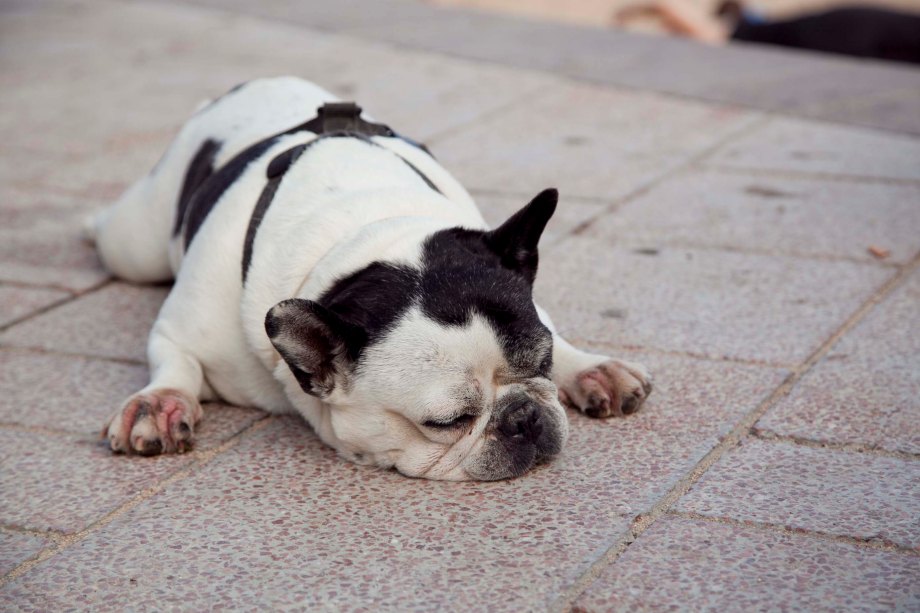Lisbon is one of my favourite cities in the world (and I’m not only saying that because I meet my boyfriend there). The city really is incredible – the architecture, the food, the quaint little streets, the people, the nightlife, the shopping… There are just so many aspects that make Lisbon a must visit city.
I was extremely lucky during my visit to Lisbon, as I was equipped with an amazing itinerary which was given to me by some friends who are from Cascais (a seaside town located just outside of Lisbon and also the subject of my next post) for a four day stay in Lisbon. I had initially asked for some suggestions as to what I should see and do whilst in Lisbon, and in reply I received a two page essay on how to have an unforgetable four day stay in Lisbon. I’ll have to share with you some of their suggestions for places to eat and things to see and do, from a local’s perspective. I was also lucky to be travelling with a friend, who incidentally bumped into a Portuguese friend of her’s in Chiado on our first day, so we ended up spending the next four nights with him and his friend (now my boyfriend) partying in Bairro Alto or Cais do Sodre until the wee hours of the morning.

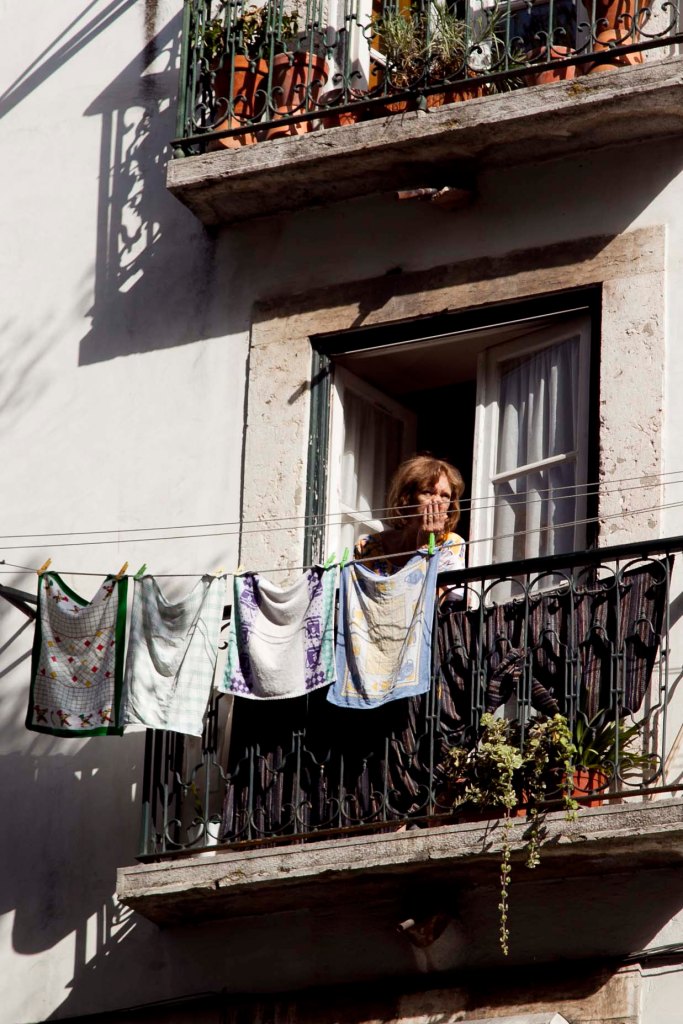

A few things to see in Lisbon:
Alfama: The oldest district in Lisbon and perhaps the most beautiful. Situated on and around a hill, the district is a maze of small narrow, and usually steep, streets, which has its own particular charm. It has always been and still is a lower class district, but it is the richest in culture and history, especially since, unlike the rest of Lisbon, it was not decimated by the 1755 Lisbon Earthquake. From Alfama you can get the best views of Lisbon. The best viewing places are from the Castle Soa Jorge and Miradouro Santa Luzia (which I think is the best).
Lisbon nightlife: Perhaps the best in Europe. If you’re a fan of big nightclubs, head to LUX, Av. Infante D. Henrique Armazém B Loja 8 – it’s the place to be. But don’t arrive until 2 or 3am. If you prefer to bar scene, go to Bairro Alto or Cais do Sodre. The small streets in these districts are littered with bars, but everyone is drinking in the streets. There is such a good atmosphere, you don’t even realise the time going by, until the sun starts to rise.
Portuguese Tarts – The real ones!: Take the tram from downtown Lisbon to Belem – just west of the centre, by the sea. Visit Pasteis de Belem, Rua de Belem nr 84-92. This is the home of the original Portuguese tart. They still use the original secret recipe and there is always a line out the door. But they are worth the wait.
Out Jazz: Every Sunday afternoon, Jardim da Tapada das Necessidades, located in Chiado, is full of beautiful people chilling out in the park and listening to jazz. A nice way to wind down after a crazy weekend partying.
Shopping: Lisbon is a great place to go shopping. Aside from all the big labels, such as Zara, Mango, H & M, etc. There are a few beautiful little boutique stores hidden throughout the city. One of my favourites is A Vida Portuguesa, where you can buy also sorts of traditional Portuguese products, from sardines in a can, the porcelain, textiles, cosmetics, etc. Another store I fell in love with was Santos Oficios Arts, Rua Madalena 87. This shop is filled with Portuguese handicrafts, all created by local artists and art cooperatives. I bought a beautiful patchwork quilted bag. Devine!
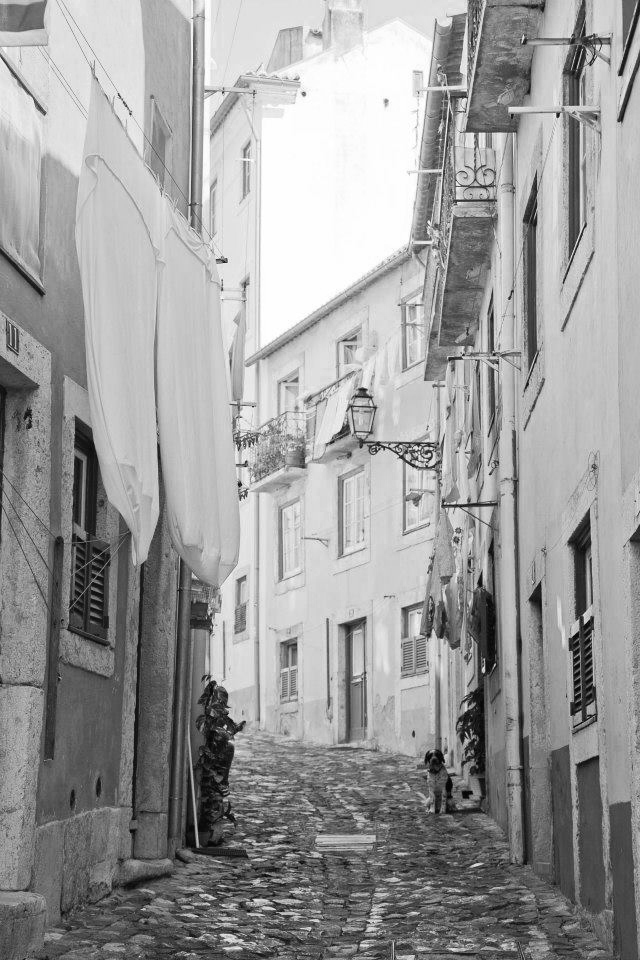

Places to Eat: I was given an exhaustive list of restaurants to eat at in Lisbon. Unfortunately, we only had the chance to try a few of them.
– Pharmacia: tapas @ Rua Marechal Saldanha, 1 (make reservations +351 213462146)
– Esperanza: Italian @ Bairro Alto, Rua do Norte nr 95 (makereservations phone: +351 213432027)
– Buenos Aires Café: Really really AMAZING steaks @ Calçada do Duque 31 B (I suggest that they make reservations for a table outside phone: +351 213420739)
– Lost In (for evening drinks or brunch/ snacks): Nice terrace with a view. To chill out @ Rua Dom Pedro V 56, Principe Real
– Enjoy a bottle of wine or have lunch at Chapitô (in Alfama, Costa do Castelo, n.º 1 / 7)
– Petiscaria Ideal (Delicious tapas @ Rua da Esperança 100, Santos)
– The Independent Hostel (Rua São Pedro Alcântara 81)
– Go for brunch at the Kaffehouse (Rua da Anchieta nr 3, Chiado)


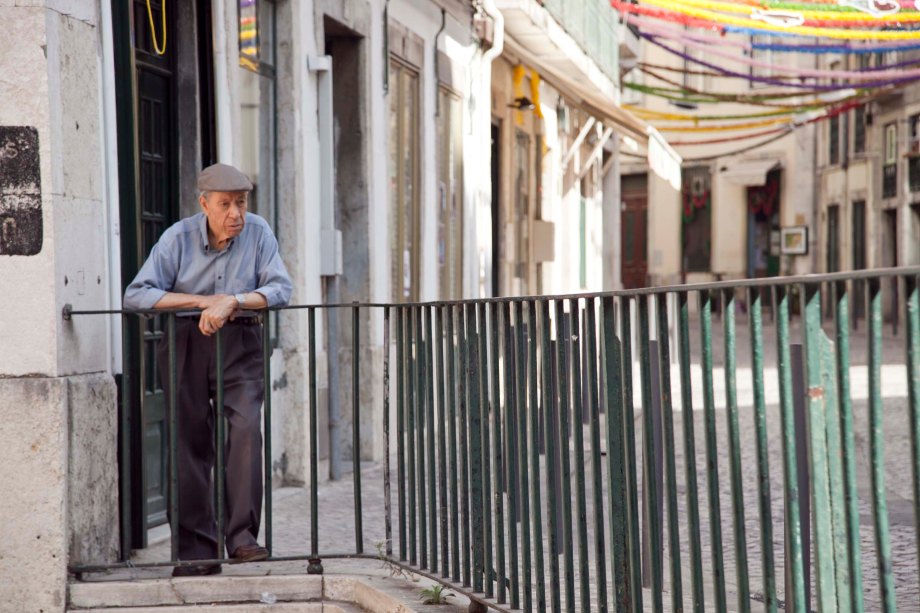




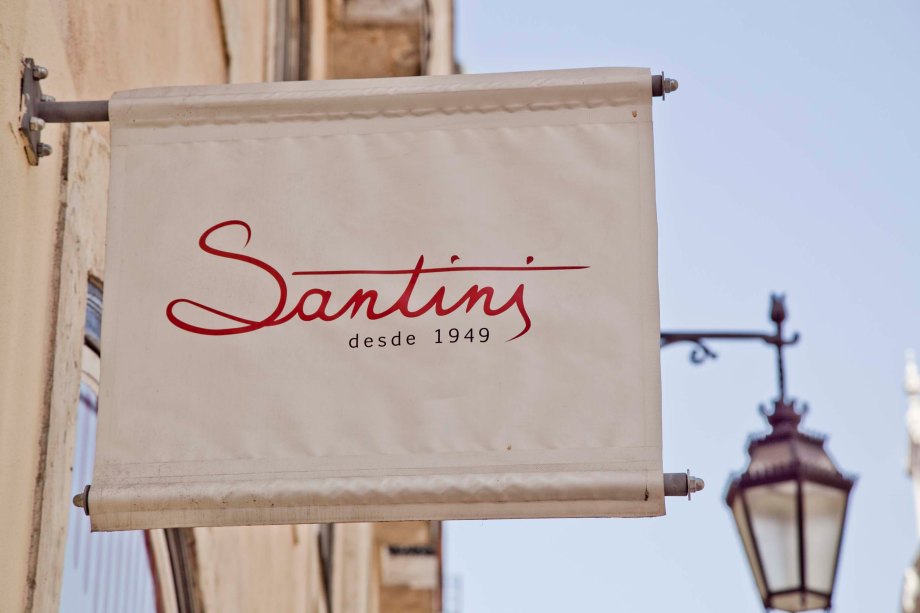





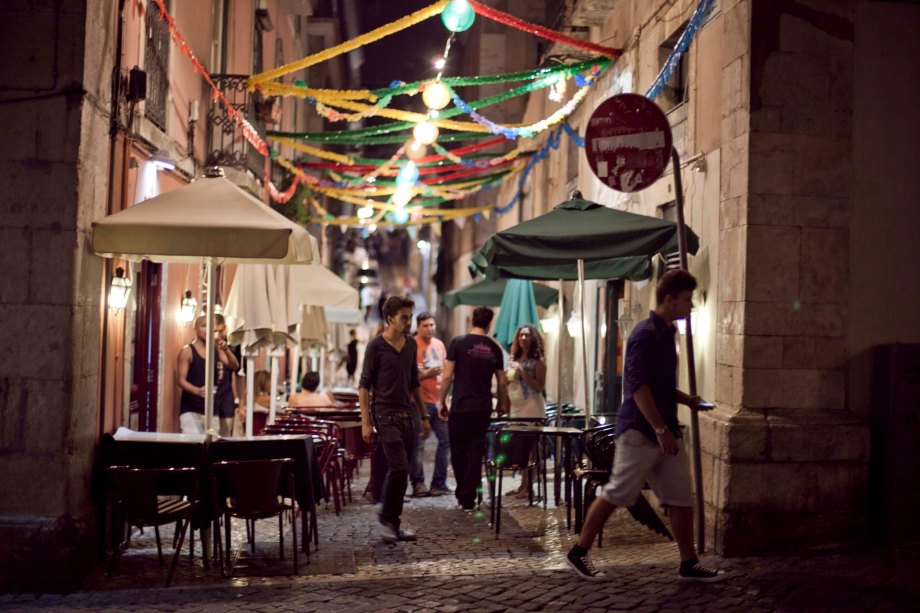









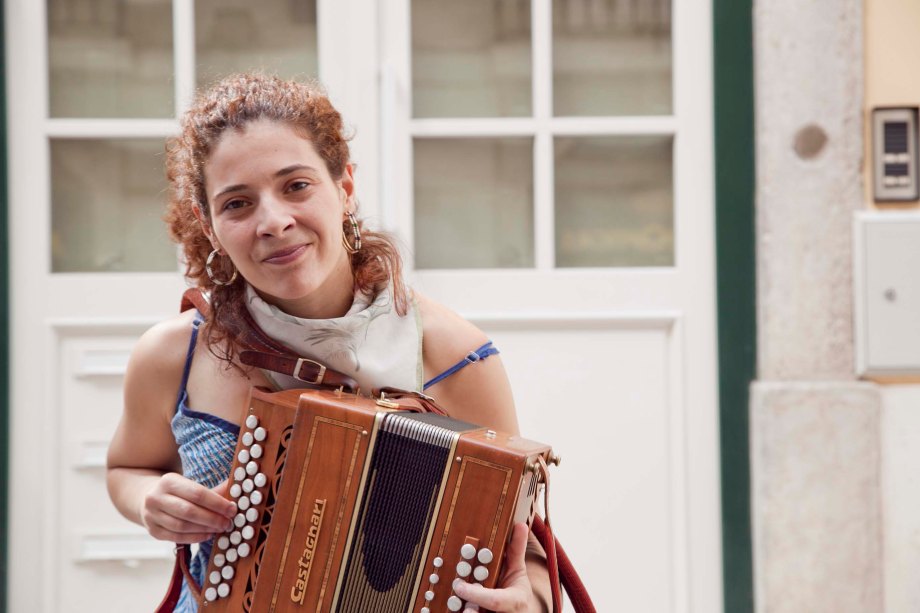



Essentials:
Getting There:
Lisbon is well connected by air, rail and road. There are good connections between Lisbon and other major cities throughout Europe. Lisbon is well connected by rail to other Portuguese cities – there is now a high-speed train and fares are cheap, making travel around Portugal from Lisbon rather pleasant. Unfortunately, we took the difficult and uncomfortable route on our arrival to Lisbom, taking an overnight bus from Seville, and getting little sleep in the process. Arriving at the bus station in Lisbon at 5am in the morning, having to wait for the metro to start to get to our hostel, and then finally arriving at our hostel and having to wait for a 10am check-in wasn’t the most luxurious of our travel experiences.
Where to stay:
We stayed at Good Morning Hostel, Praça dos Restauradores 65, 1250-188 Lisbon, on the recommendation of a friend who knows the owners. The hostel is extremely well located in the very centre of Lisbon, the staff were friendly and helpful, the rooms and common areas clean and beautifully decorated, and the breakfast of all you can eat and freshly baked waffles didn’t go astray. I have to say it was one of the best hostels I’ve stayed in.
Eat:
There is a list in the main body of this post of some great places to eat in Lisbon. One that I can strongly recommend is The Decadente, at The Independent Hostel. The decor of this restaurant come bistro is fresh and funky and the food is first class. For the quality and flavour of the food, the prices are surprisingly good – you can have a main course and a glass of wine for 15 euros.










